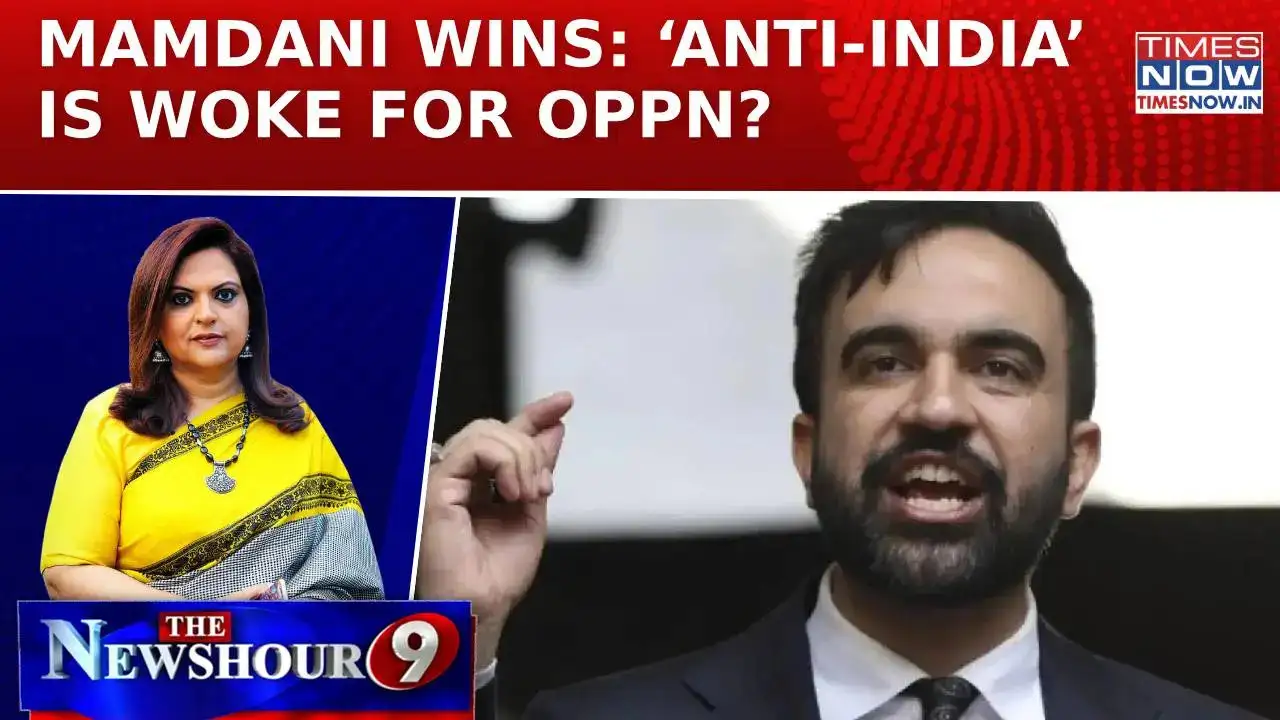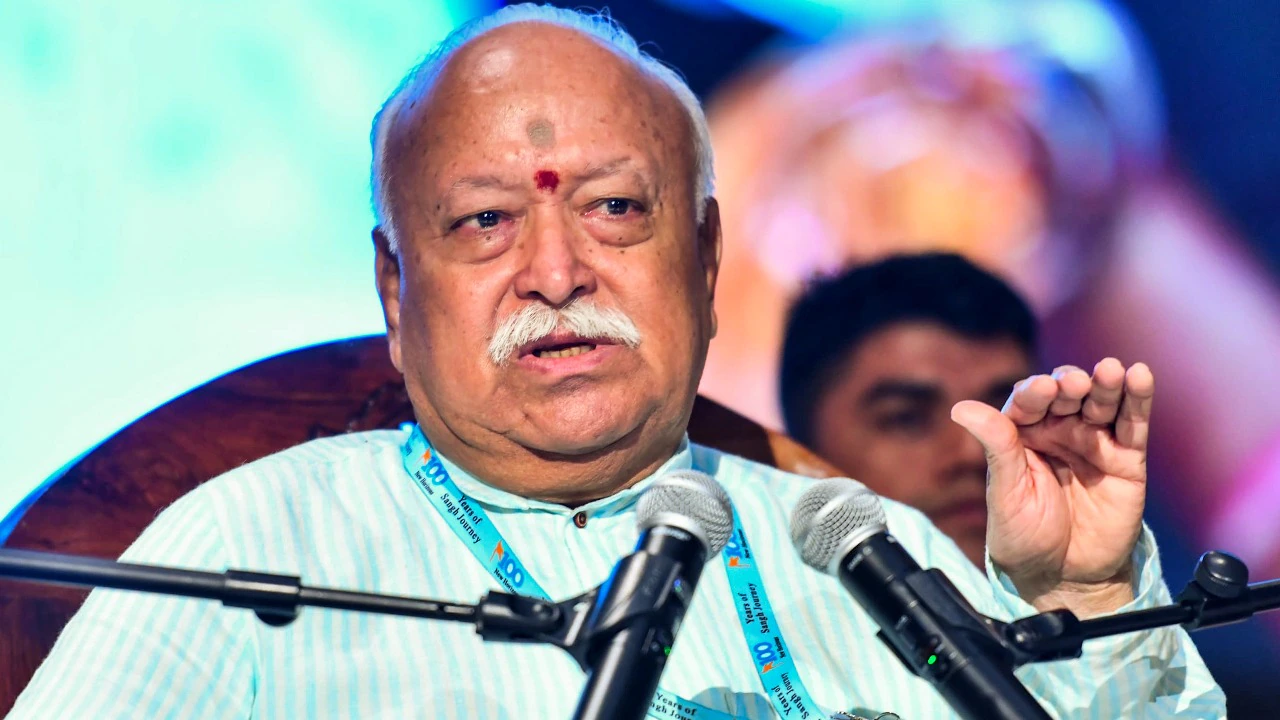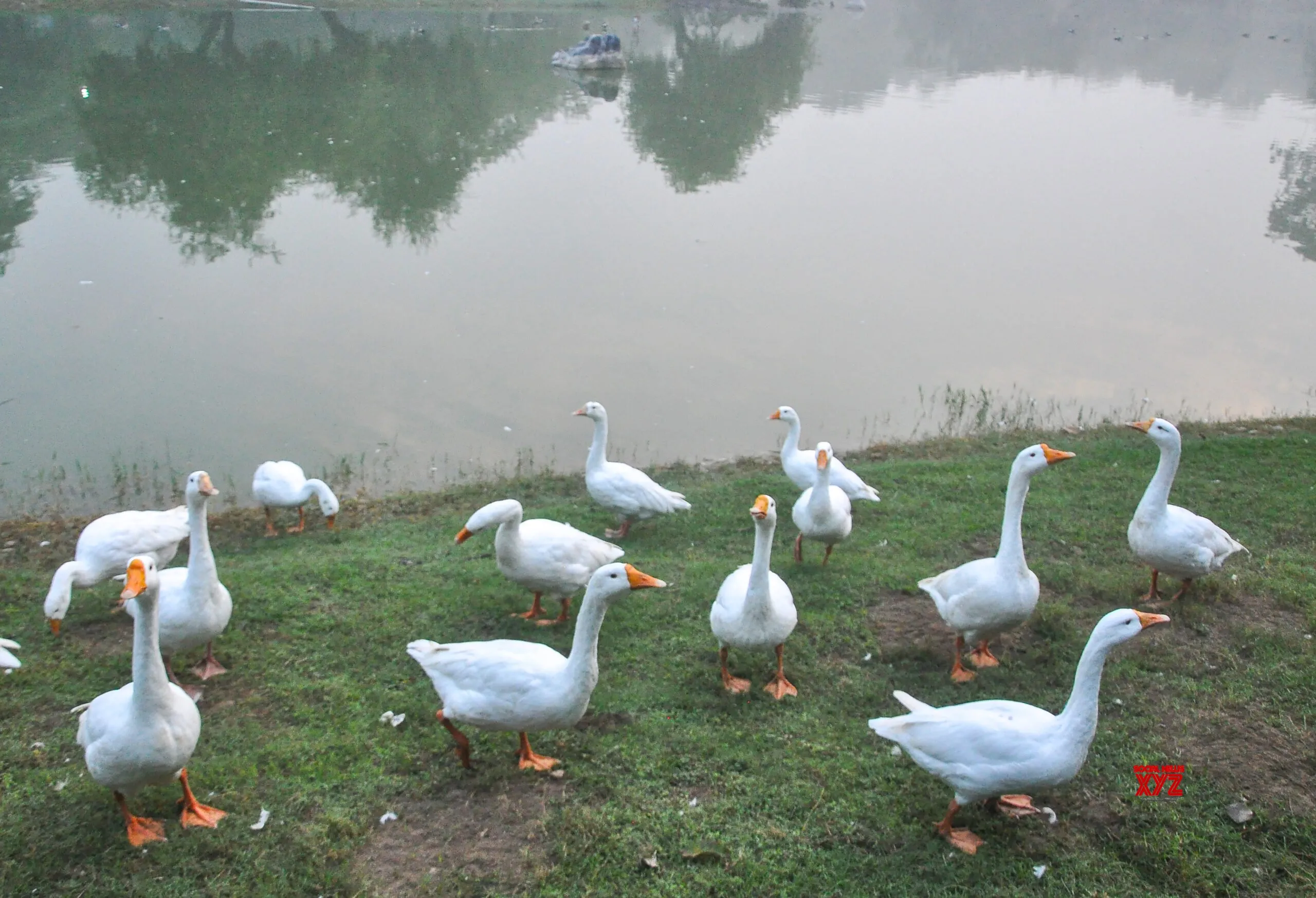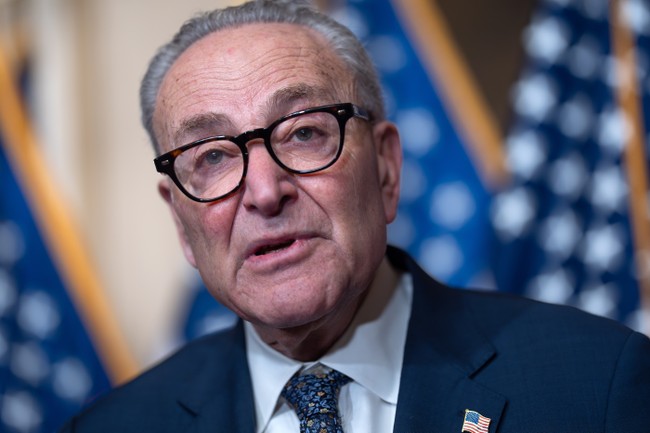Copyright Slate
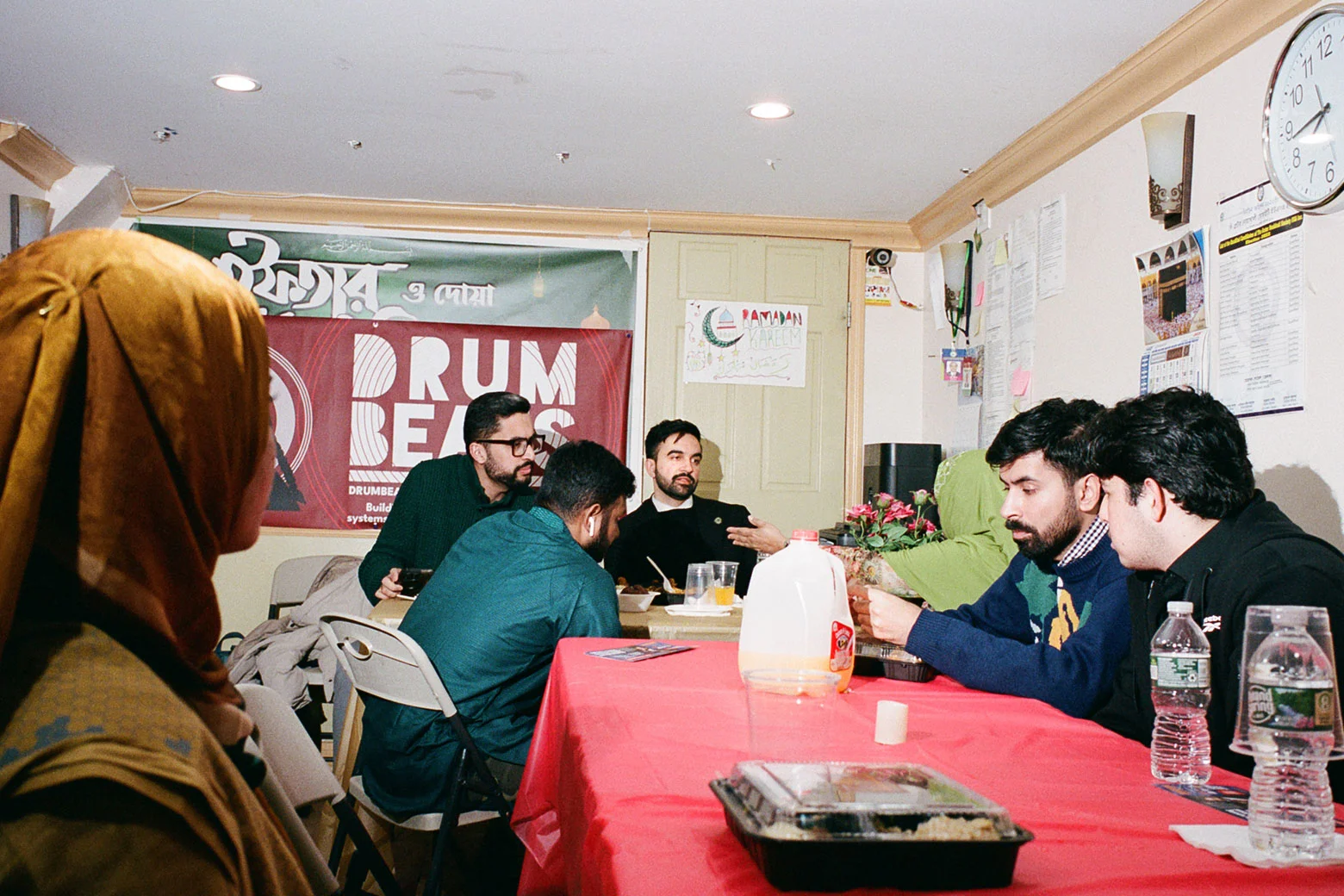
Sign up for the Slatest to get the most insightful analysis, criticism, and advice out there, delivered to your inbox daily. Zohran Mamdani’s campaign was polling at 8 percent when photojournalist Jack Califano first reached out in March. Mamdani’s run was barely a blip then, but Califano sensed the swell of something shifting. He asked Mamdani’s communications director if he could follow the campaign behind the scenes (and on his own dime) for a long-term documentary project. They said yes, and over the next nine months, Califano embedded himself within Zohran’s team, photographing everything from union rallies to neighborhood canvassers to Ramadan iftars among aunties. He burned through more than 100 rolls of film in the process. Jack and I first crossed paths on Chaand Raat—the post-Ramadan street festival that follows the final iftar—when we both found ourselves sprinting after Mamdani as he worked the crowd, moving with breakneck speed through Queens streets packed with Muslims reveling in the end of the fast. It was near midnight, and he was gliding between stalls and bodegas, activating the city’s Muslim community—roughly 9 percent of New Yorkers—with his now signature mix of warmth and urgency. Jack and I, cameras in hand, could barely keep up as Zohran disappeared into the blur of lights and music. In nearly every frame I took that night, Jack’s curly hair shows up somewhere in the corner. That was March. By November, Mamdani had done what almost no one believed was possible. He defeated Andrew Cuomo by a wide margin and was elected New York City’s 111th mayor—and its first Muslim and South Asian one. Mamdani built a new coalition of working-class Black, Latino, and South Asian voters in the outer boroughs, alongside young progressives across Brooklyn and northern Manhattan, flipping neighborhoods that had once been Cuomo strongholds. Through it all, Califano was there—often on a Citi Bike, sometimes in a mosque basement, always chasing the human moments that get lost in campaign coverage. Two days after Mamdani’s victory, we spoke about the photos that defined that journey, the energy of a movement few thought could win, and the side of Zohran Mamdani that most New Yorkers never got to see. Our conversation has been edited and condensed for clarity. Aymann Ismail: You started following Zohran’s campaign long before most journalists took him seriously. What made you reach out in the first place? How did that play for access come together?Jack Califano: I showed up to a Democratic Socialists of America event in Brooklyn Heights, took some pictures, and reached out to an old friend who put me in touch with Andrew Epstein, who was his campaign’s comms director at the time, and told him I wanted to follow the campaign in a long-form, documentary way. We got lunch afterward, and I pitched him on the idea. I really wanted to do a behind-the-scenes look you can’t get from an assignment. Oftentimes an assignment is going to be for a day or a couple days. I knew that if I wanted my work to stand out, I had to dedicate an extensive amount of time to get a view of the campaign that no one else was going to have. I wasn’t backed by any publication, but I approached Andrew very early on and very explicitly with that idea. Even if Zohran only had a 10 percent chance of winning, it had potential to be really historic. And since he wasn’t high in the polls, I figured they might be open to letting someone embed like that. That’s how it started. Once you finally met him, what were your first impressions? What stood out about being in the room with him compared with other subjects you’ve documented? The next event I went to was during Ramadan, an iftar at a Bangladeshi community center on the basement floor of a row house in Flatbush. At the time, it was insanely grassroots. I showed up and there were maybe 20 aunties and their kids and everyone looked up at me when I walked in, like … Zohran wasn’t there yet. Finally he arrives. It didn’t feel like a campaign event. It felt like a family dinner. Just Zohran and maybe 25 people eating and chatting. Some folks from the Taxi Workers Alliance stopped by to say hi. There was this real sense of ease, like he was hanging out with old friends. None of the celebrity energy you see now. He’s obviously charismatic and a compelling communicator, but he’s also incredibly warm. You can still see that now, but back then it was so pronounced, watching him eat dinner and talk with people in these little spaces. Our first real conversation happened that night. We were sitting in another community center, eating, and his one aide stepped away. You could see how tired he was from campaigning 12 hours a day while fasting. I asked him, “Are you the most tired you’ve ever been in your life?” And he just said, “You know it, brother.” There were some other iftars we went to over the course of that month. It’d be a room with sometimes 40, 50 people, and Zohran going to three or four events in a night, 20 minutes at a time. The pace was breakneck from the start. I’d be hopping on a Citi Bike, chasing him across the borough. We actually met for the first time on Chaand Raat, that Eid street festival in Queens. We were both chasing Zohran as he disappeared over and over again in the crowds. How do you remember that night? That was one of the most special nights of the campaign. Seeing him outside King of Falafel, surrounded by all that celebration—I remember him going inside a bodega to sing karaoke. Something that’s been so striking to observers is how deeply a character of New York Zohran is, and how comfortable he is moving through the city and being himself around every kind of person. That’s the night I took the photo that ran on New York magazine’s homepage when he won: He’s in Queens at night, a halal cart in the background, he’s moving through this blurry New York nightscape with a smile on his face. It felt like the most Zohran I’d ever seen Zohran being. It also sticks out to me now because if you see him on the street now, it’s a gaggle of 35 reporters the second he steps out. Back then, it was him introducing himself to parents and community members, walking through crowds of hundreds, and only occasionally someone would recognize him. Taking photos like that of him moving through the city still as an unknown figure simply is never going to be possible again. I feel lucky that the campaign trusted me to make that kind of work early on—to document him at his most authentic. Even in quieter moments, like at King of Falafel, when he was chatting with Lekha Sunder, his comms person, about where they were headed next. Watching him put on his organizer hat felt distinct from other candidates I’ve covered, who can seem more focused on how they’re being perceived than on the connections they’re making. Zohran’s authenticity is what makes him unique. It’s hard to communicate that kind of belief in what you’re saying unless you really mean it. Zohran does. That’s what made him such a rich and interesting subject to document. Was there a point during the campaign when you thought, “Damn, he could actually win this thing.” I remember a poll that came out showing him within 8 or 9 points of Andrew Cuomo, maybe three or four weeks before the primary. He was at an Artists for Zohran event in the Lower East Side, and that poll had just dropped. I remember being there and everyone kind of whispering, like, “Holy shit, he might actually win.” I think as soon as he started consistently overtaking Brad Lander in the polls, I believed he’d be the left’s candidate. But it wasn’t until that poll three or four weeks before the primary that I believed he could really win. Even then, I had no idea what was going to happen up until the moment he [won]. It was always possible, but it never felt inevitable. Honestly, anyone who says they knew he would win is probably lying. I think it’s on record now that even Zohran wasn’t sure. You photographed him across so many environments. From DSA meetings, mosque basements, street festivals, what did you learn from watching Zohran interact with so many different kinds of people? I would say Zohran reminds me a lot of Bernie Sanders in that he’s the same Zohran no matter where you see him or where he goes. In the nine months I spent documenting him, he’s been remarkably consistent in the way he interacts with supporters, opponents, everyone. I think his great strength is that because he believes so firmly in his politics, and because he’s so unapologetic, he doesn’t need to adjust his personality to any great degree. That’s a unique strength in a city like New York, where everyone can smell bullshit a mile away. What made him such a New York candidate is that he wasn’t afraid to disagree with people. I saw that repeatedly. Whether it was a teenager on the subway, a union leader at a rally, or an elected official backstage, he approached everyone with the same interest and seriousness. I think that’s part of what makes him a remarkable politician. Looking back over nine months of work, is there one image that stays with you the most? I was covering the rally at Terminal 5 when AOC was going to endorse Zohran. I was backstage on the second floor, where there’s a small balcony hidden behind a curtain that surrounds the stage. I was walking around looking for him and found him there with his wife, Rama. One of his volunteers had handed him a flower, and Zohran, totally impromptu, decided to give it to Rama as a gift. They had this sweet moment, and I remember him calling her over to the balcony, pulling back the curtain, and pointing out the crowd that had gathered for the rally. What really struck me in that moment was realizing that only six months earlier, Zohran had been polling at 1 percent and was a candidate no one thought would go very far. And here he was, about to watch the most famous congressperson in the country endorse him in front of thousands of people. Watching the two of them share that quiet moment, taking in how much their lives had changed and how much they were about to change again, was really beautiful. It felt like the most human moment of the whole campaign. There was a real sense of awe, from both of them, about the movement that had grown up around him. To capture that and to see Zohran share that awe with Rama—that’s probably the moment I’m proudest of documenting. You spent months getting to know him closely, and then watched the wave of Islamophobic attacks and fearmongering in the press—headlines calling him a “terrorist sympathizer,” even Cuomo nodding along to that 9/11 remark on talk radio. What was it like witnessing that from your perspective? The discourse around his candidacy, and particularly the Islamophobia in the press, has been grotesque to watch. I think it’s obvious to anyone who meets Zohran for more than 10 seconds that the caricature portrayed by his opponents in no way reflects the person he is. My job was to cover him as a journalist, but after documenting him over all these months, the person I saw was someone who approached everyone—whether it was a teenager on the subway wanting a selfie or a congressperson—with the same respect, curiosity, and open-mindedness. Anyone who fails to see that in him is missing why he’s been so effective at building such a generationally unique movement around him. Take me to election night at the Brooklyn Paramount. What did that day look like for you, and how did it feel inside the room as the results came in? I was on assignment for Vanity Fair to cover the election night party at the Brooklyn Paramount. It was a really unique night for me. Obviously, the whole city—if not the whole country, if not the whole world—was keenly interested in the outcome of the race, and you could feel that energy in the venue. There are moments you cover as a journalist that you know, even before they happen, are going to be historic. That can bring a lot of pressure. But I just tried to do what I always do when I’m photographing, whether it’s Zohran or anyone else: show up, stay curious, and look for the human moments. What struck me most that night was how many people there couldn’t quite believe what was happening. And I think that’s part of why Zohran has captured so much attention. His movement is made up of people who don’t often win. To be in a room full of so many New Yorkers, from so many different backgrounds and experiences, celebrating what for many felt like their first real taste of political power in this city, the atmosphere was electric. It was also surreal. I’d been invested in documenting this campaign for nine months, and in some ways, it felt like an ending. I intend to keep photographing Zohran as mayor, but that night was a culmination of everything I’d been working toward. As a journalist, it’s your dream to document a historic movement like this in such intimate detail. I just felt an overwhelming sense of gratitude that I’d been in the right place at the right time, and that I’d been trusted to make this work. So, what happens next? Given that no one will ever again have the opportunity to embed with Zohran and weave with him in the streets of New York without him getting mobbed, what do you plan to do with this body of work? [Laughs.] Yeah, good question. I’ve been asking myself the same thing. I don’t know. Maybe a book? If there’s a publisher reading this who’s interested in making a book, I’m very open-minded. I might sell a few prints in the coming weeks, but I don’t have any big plans beyond that. My plan is to keep documenting Zohran’s rise politically over the coming months and years, and to keep following my broader interest in American politics. This is a unique moment, and it’s been incredible to watch this movement grow. I’m excited to keep making work around it.
